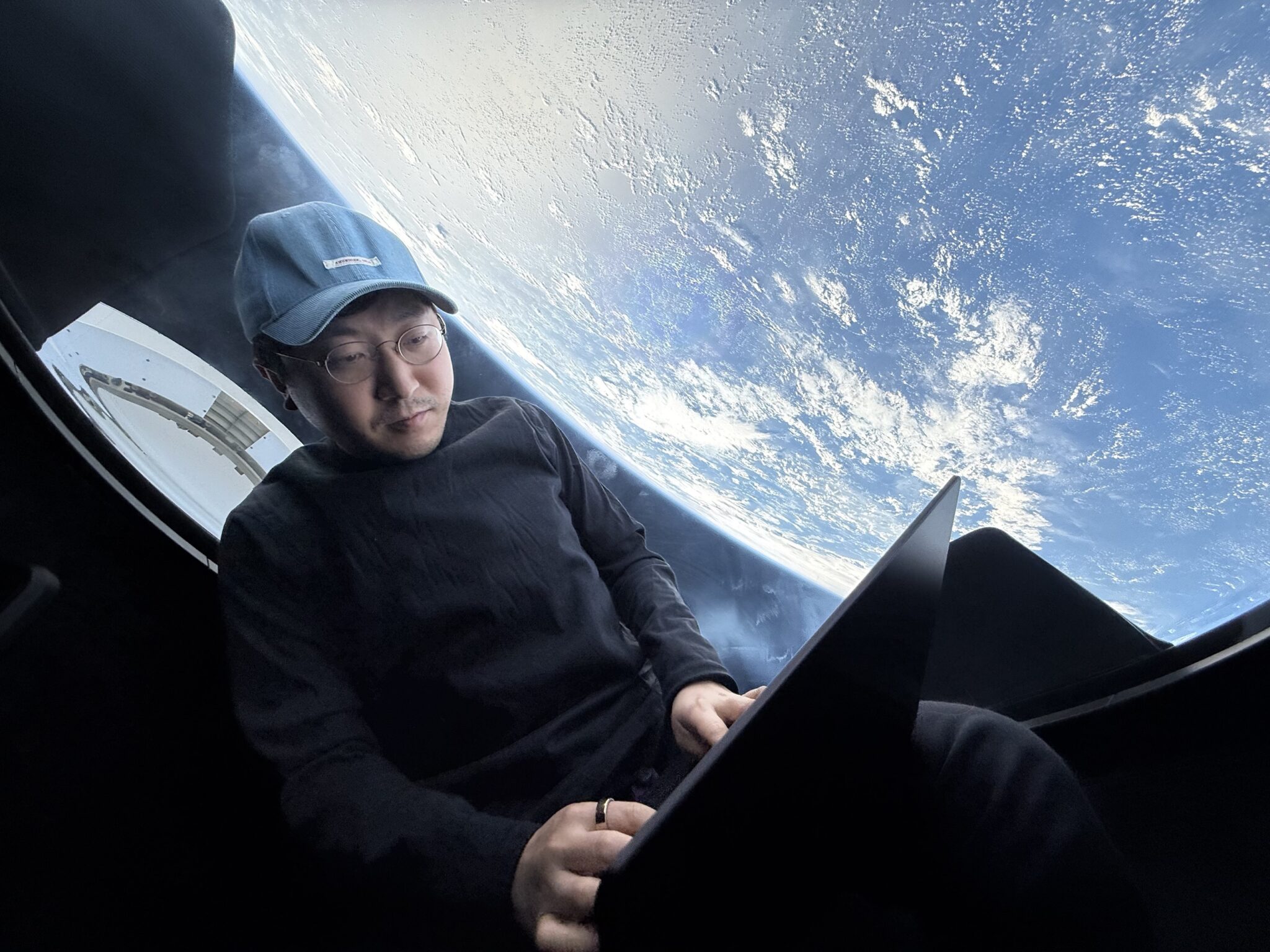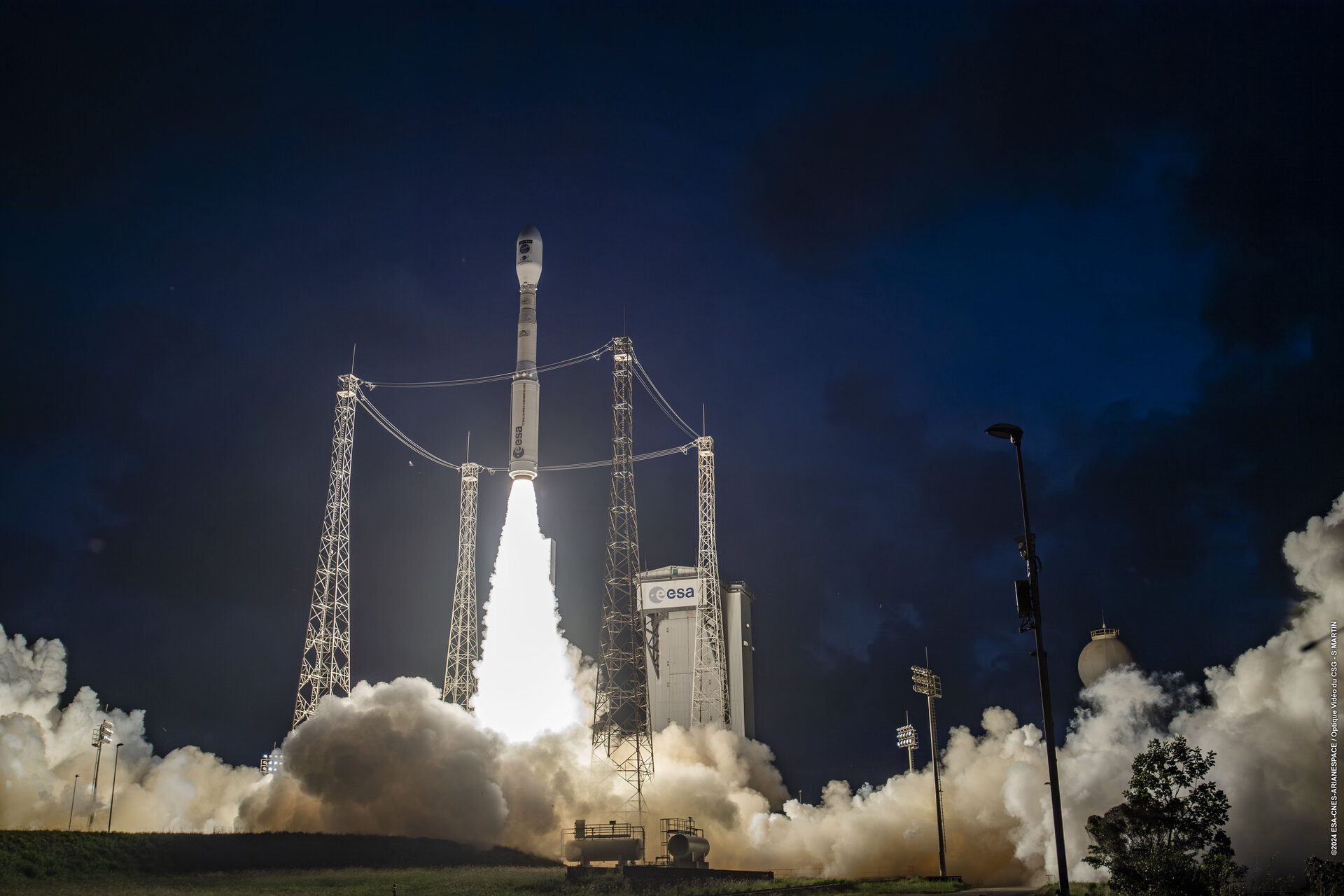Media coverage of a new European rocket increasingly referred to as Ariane 6 is slowly building momentum. Much of this slow burn excitement is due to the belief that the new launcher will replace the continent’s workhorse, Ariane 5. But it is likely it won’t
The European Space Agency’s effort to develop the Next Generation Launcher (NGL), to give Ariane 6 its official name, is the Future Launcher Preparatory Programme. Its web page says
eventually a next generation of launcher will be required to respond to Europe’s future space access needs in the same way the Ariane 5 succeeded the Ariane 4.
This has been an assumption, or even informed view, of many within the spaceflight industry, media included, but this blog thinks that the reality is somewhat different. NGL/Ariane 6 will in fact replace the Samara Space Centre Soyuz-2 booster
NGL is planned to come into service around 2020 assuming there is a 2011 ESA member states’ decision to green light its development. Its baseline concept has been a two-stage liquid hydrogen fuelled expendable booster that has two to six strap-on solid rocket boosters to give it a geostationary transfer orbit (GTO) payload capability envelope of 3,000kg to 8,000kg
However industry has already poured cold water on that timetable with senior figures talking about a 2025 entry into service date. That is not surprising when ESA has already got its Ariane 5 Mid-life Evolution (ME) programme underway. If this is given the green light in 2011 the Ariane 5 ME, with an almost 12,000kg to GTO capablity, would be ready by 2017
It is one of the reasons why the Tomorrow’s Bird study is potentially so significant. If it had said that geostationary orbit satellites (GEO) were to “miniaturise” over the next decade then Ariane 5 might have been replaced by NGL. Why else would you order a rocket with 30% less capability?
But the study didn’t say satellites would shrink. Of the two contractors producing parallel studies EADS Astrium said the technologies to make GEO sats smaller were too immature, more or less, while Carlo Gavazzi Space was more hopeful and produced some concepts – but it also concluded that big birds were here to stay
So if by 2020 GEO telecoms satellites are weighing in at a hefty 10,000kg why would you want a weedy 8,000kg to GTO firecracker? The answer can be found in NGL’s lower capability, sans solid rocket boosters, which is 3,000kg. This is slightly below the advertised maximum capability of the Soyuz 2, launching from Sinnamary, French Guiana – a mere 5degrees off of the equator
Why replace Soyuz 2? Russia is not doing it self any favours by asking for a lot more rubles, almost twice more according to some sources, for Sinnamary Soyuz than it charges for the same rocket to be launched from its own territory. There is also the little matter of the European policy of guaranted access to space
So why do it in the first place and have Soyuz in French Guiana? It is an interesting question and maybe linked to wider geopolitical assumptions dating back to the 1990s and a differing expectation of Euro-Russian relations. Or even Russian needs to keep the population of Samara employed
But what about that huge new launch pad, designed specifically for the Soyuz 2? Could NGL be designed to use that? If NGL is all liquid hydrogen the Soyuz launch site will need some modification because at the moment its propellants are largely liquid oxygen and kerosene. There maybe old Ariane launch sites that could be revived and upgraded too
And what of the future of today’s Ariane 5? It is a rocket that has had no fewer than five versons. It is likely that the two latest versions ECA and ES ATV will at some stage be replaced by the ME. Just as the Ariane 5 Generic/GS variant is no longer operational, the last one having launched in December 2009
Hwever with a 2025 timeframe there is always the wild card. If testing goes well for the Reaction Engines’ air breathing Sabre engine technologies in the next 18-months the late 2011 decision may be swayed to think of a two-stage to orbit NGL. Don’t snigger, it has more fans within ESA than you would think








